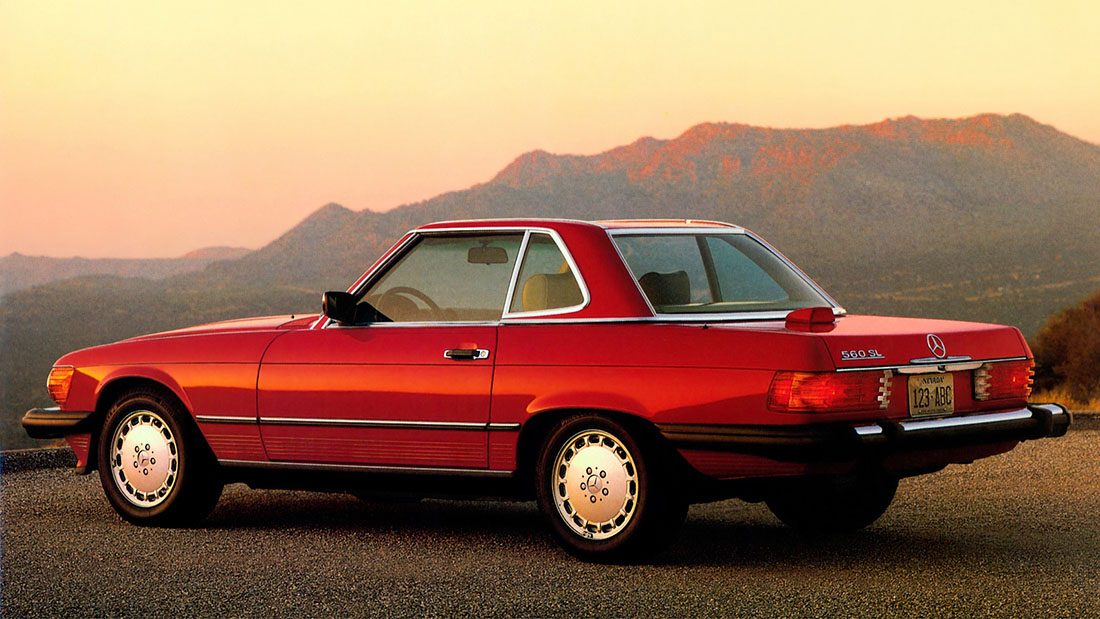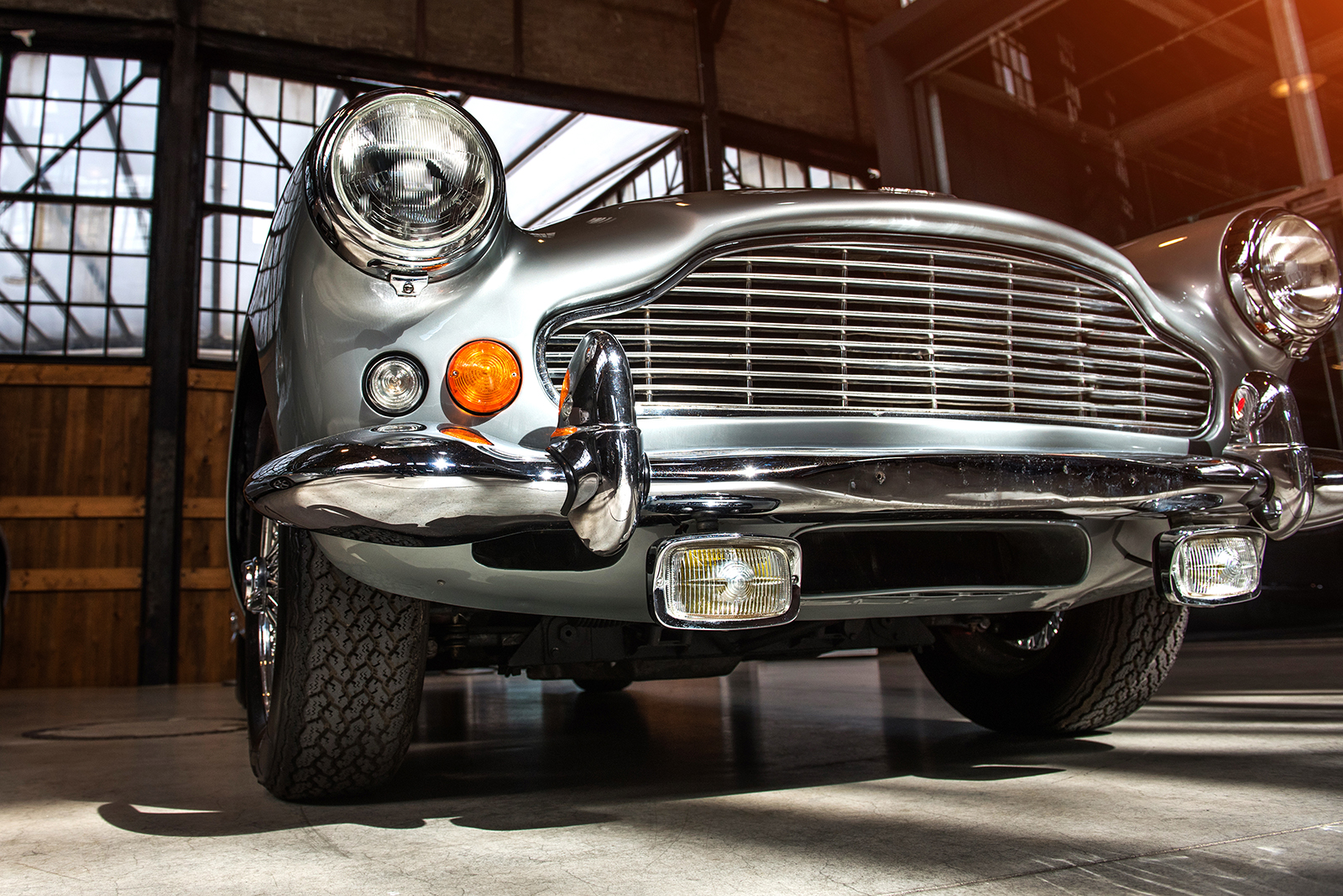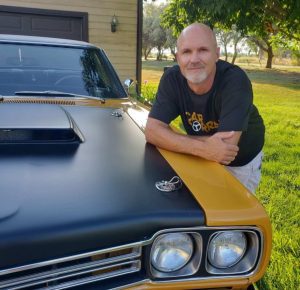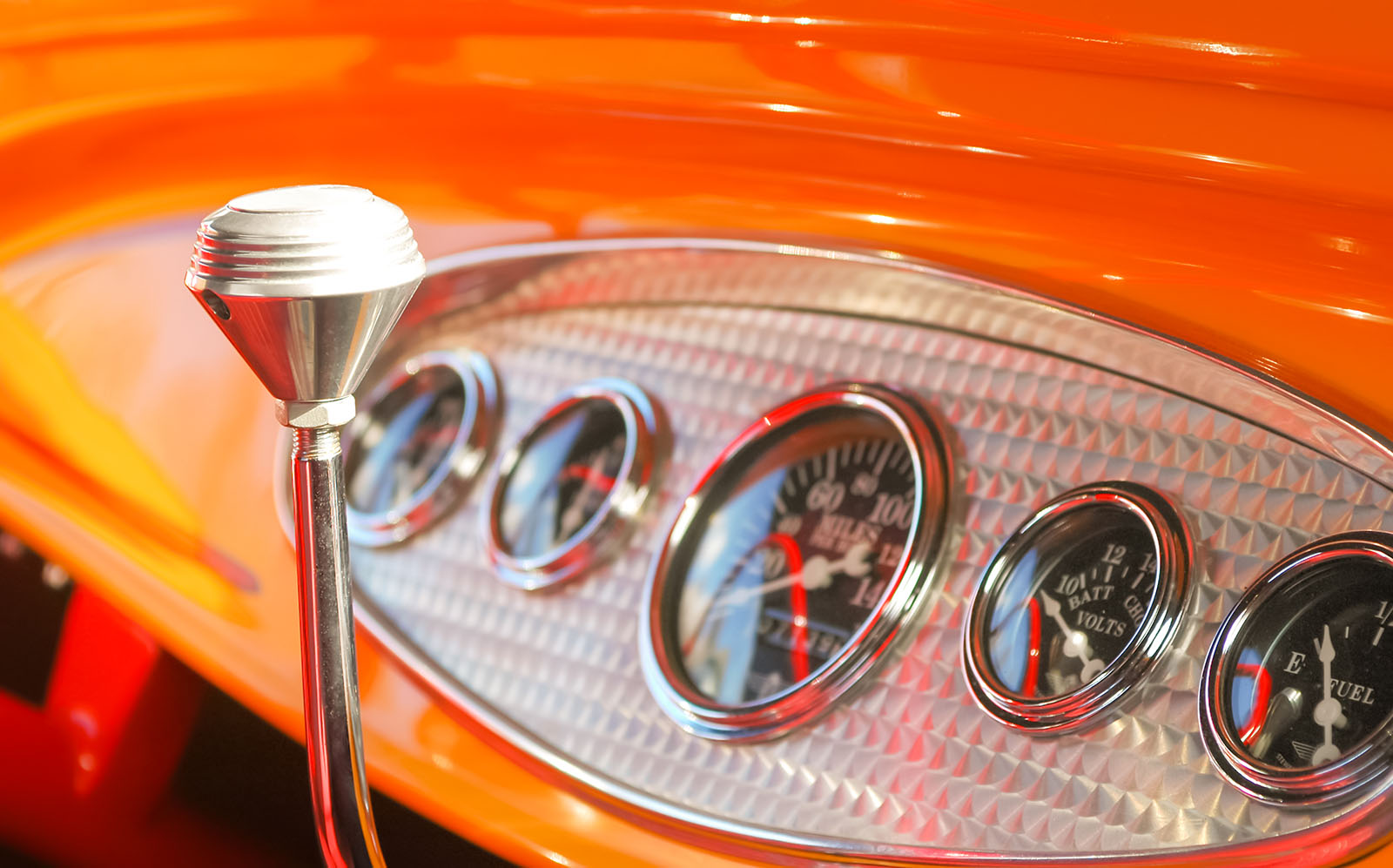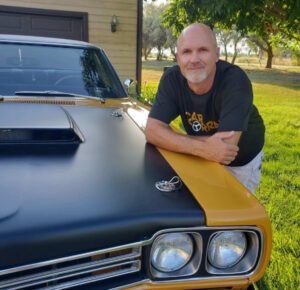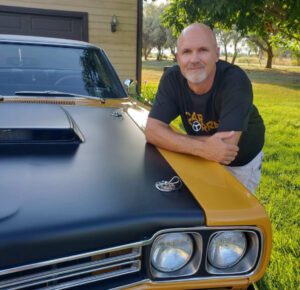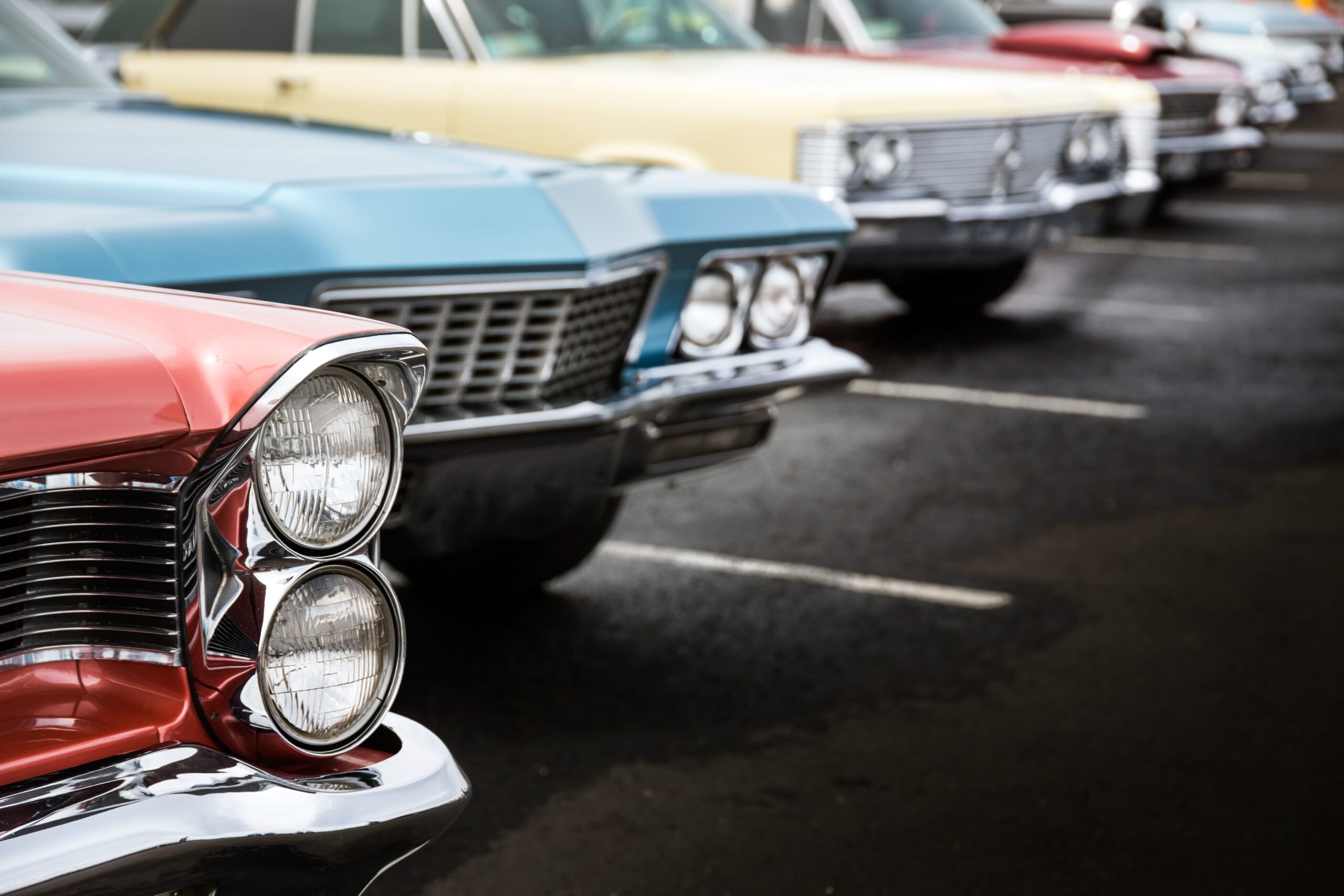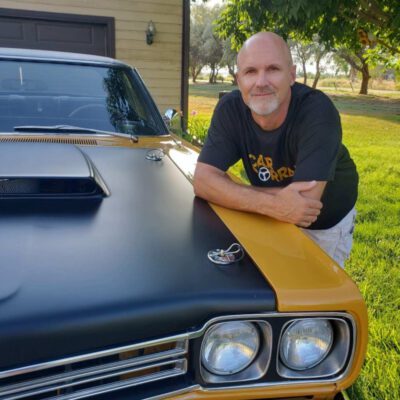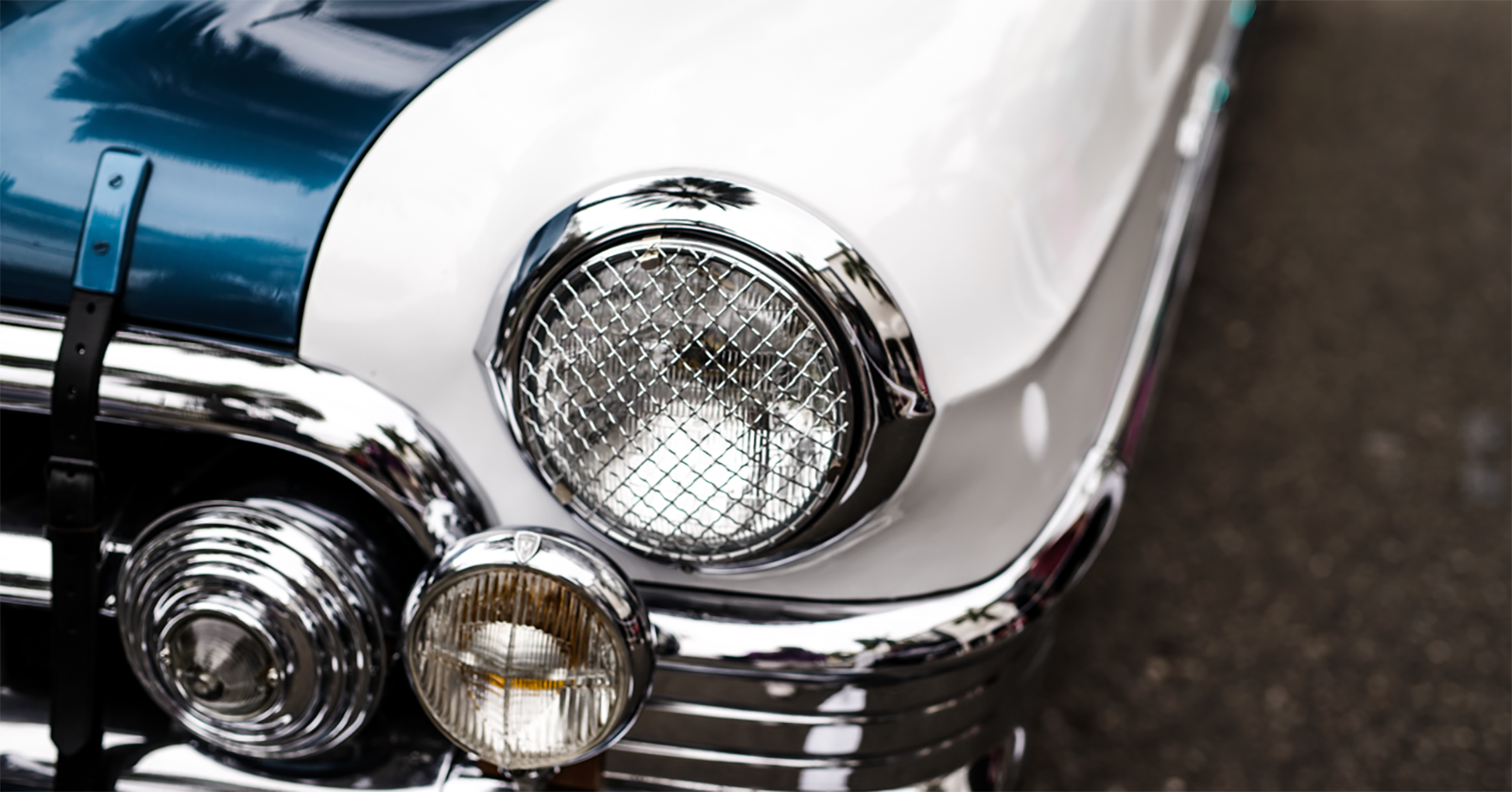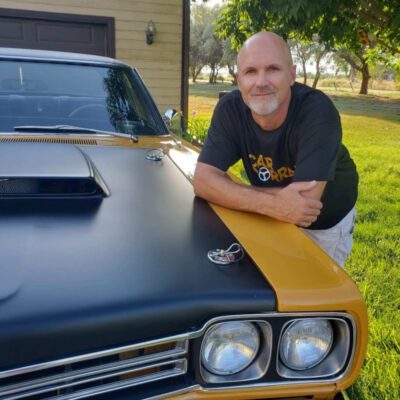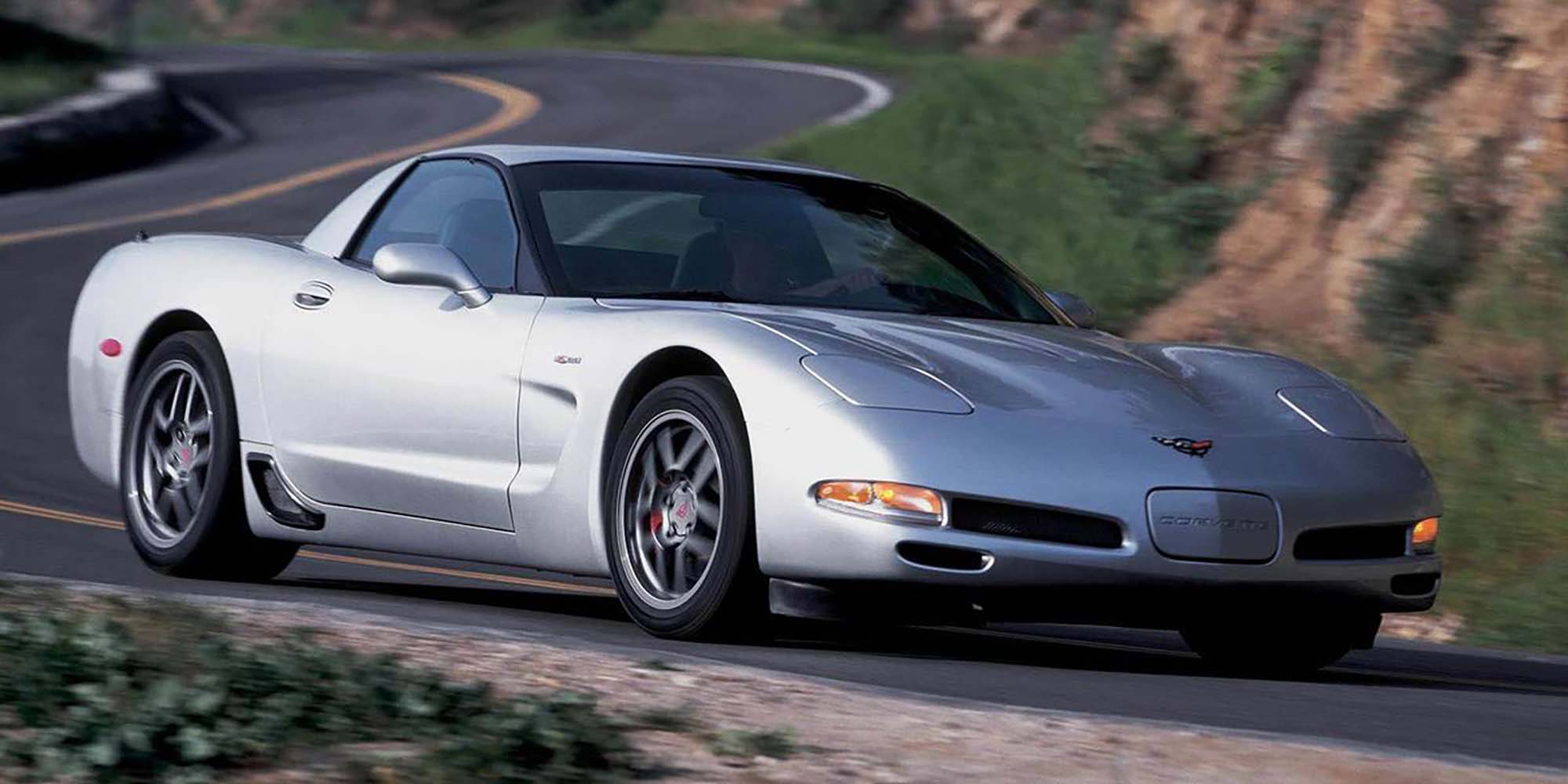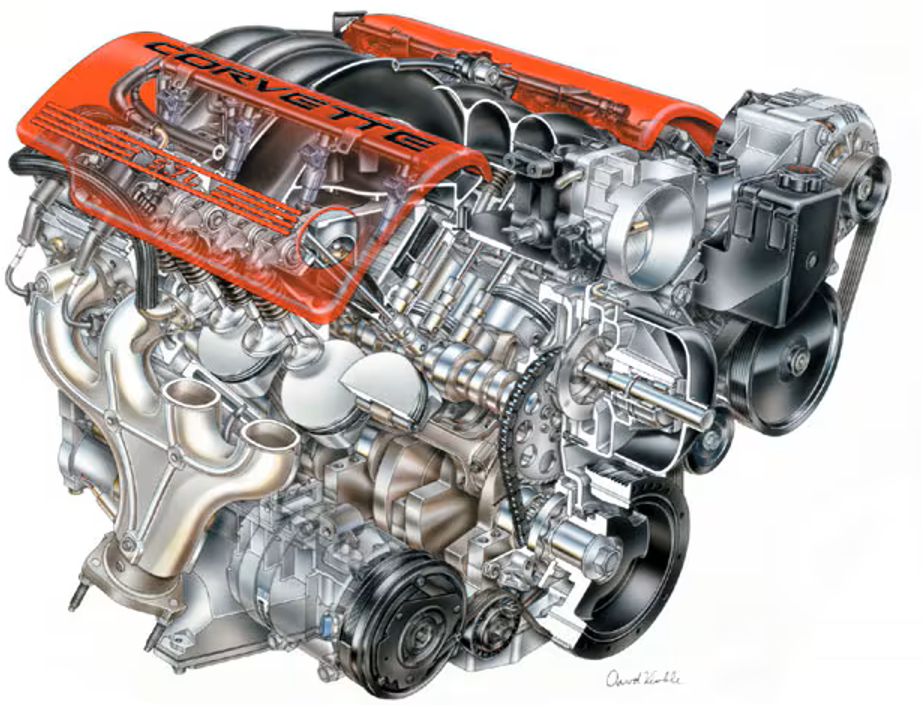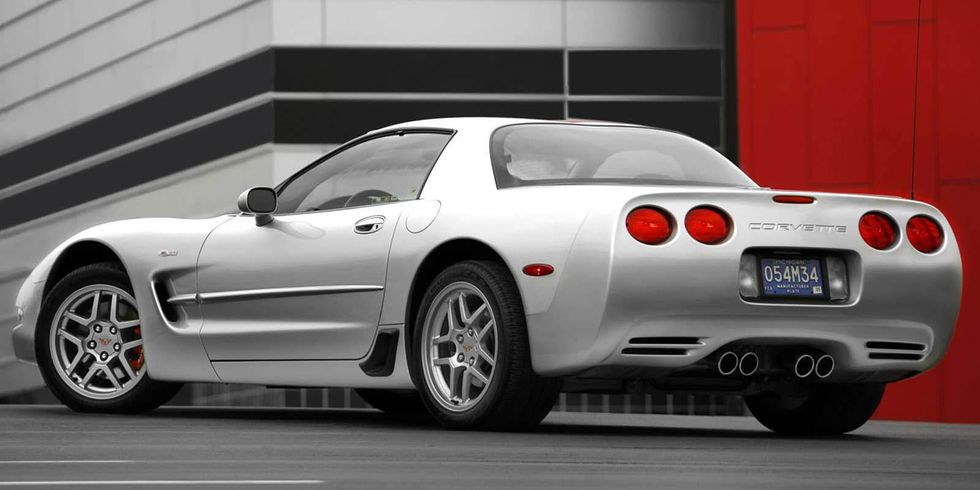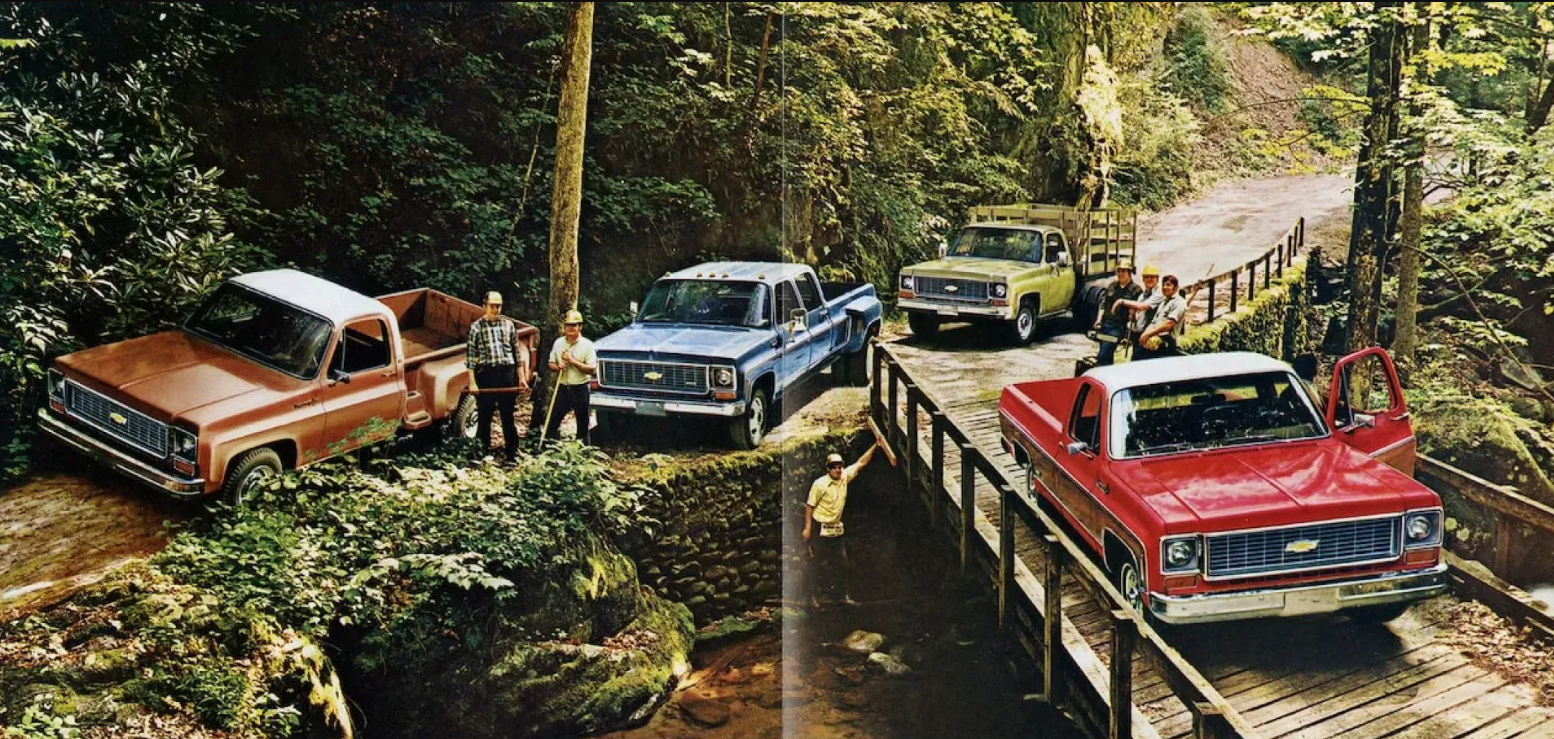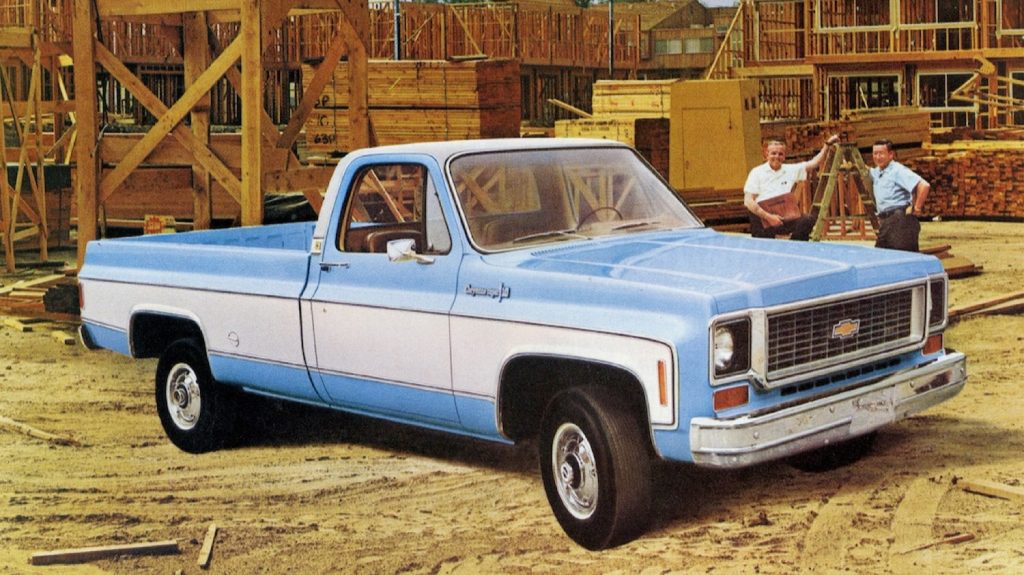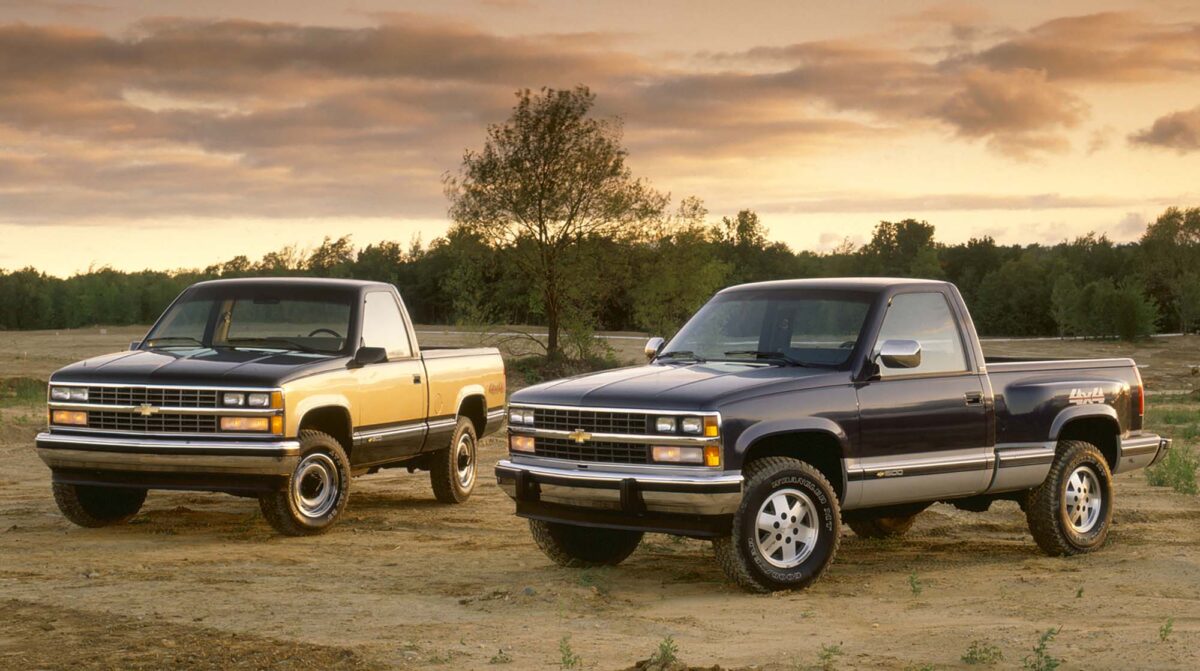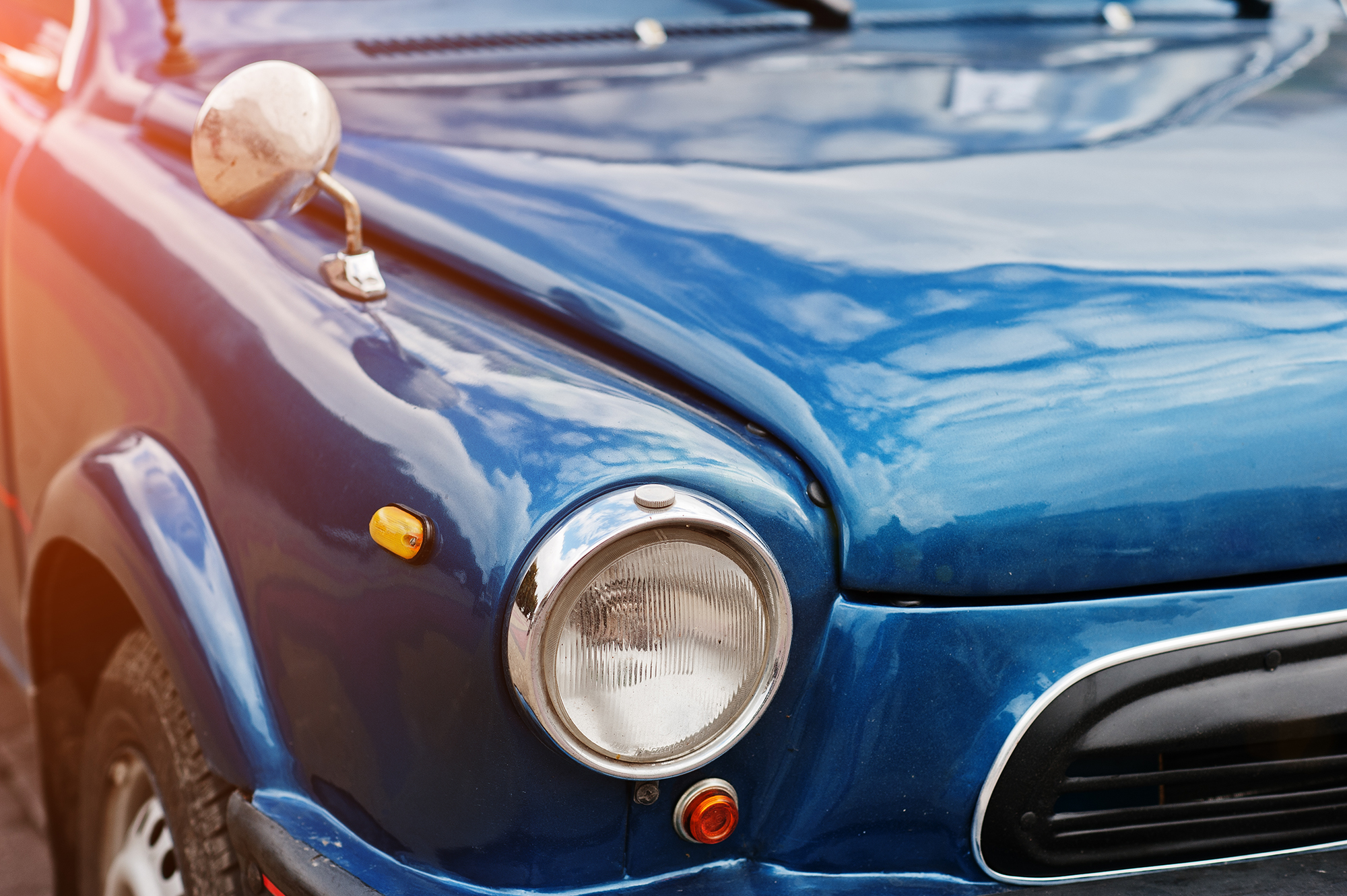
Why a Shorter Vehicle Listing Is Not Ideal
Selling a vehicle, whether privately or through an online platform, requires careful consideration of how long to list it for sale. Many sellers may be tempted to put their vehicle up for a short period, hoping for a quick sale. However, this strategy often doesn’t lead to the best outcome. The optimal duration to list a vehicle for sale is typically dependent on the market and type of vehicle. 14 days allows for a broader audience. Some subscribers may not log on daily, so a longer duration is sometimes better. The downfall of a 14-day listing is some users do not want to see the same vehicle for 2 weeks.
Here, we’ll explore why a longer listing duration is better than a brief one and how setting an appropriate timeframe can maximize your chances of selling at a fair price.
Why 10 Days is the Ideal Vehicle Listing Duration
More Exposure and Potential Buyers
Vehicles are purchased through a process of research and comparison. Most buyers will take time to explore different options, especially when it comes to high-ticket items like cars, trucks, and motorcycles. By listing your vehicle for at least 10 days, you ensure that it is visible to a larger pool of potential buyers. Online listings, in particular, work on algorithms that display cars more prominently when they have been listed for a longer time. As you approach the 10-day mark, your vehicle is more likely to surface on the search results as buyers cycle through their searches.
The Timing of Buyer Decisions
Vehicle purchases aren’t typically made on impulse. Most people will visit multiple websites, visit dealerships, and take their time deciding. A shorter listing period can force potential buyers to make a hasty decision. This could lead to either the vehicle being undervalued or the buyer walking away due to rushed feelings. A longer listing period gives buyers the space to make an informed, thoughtful decision, which can lead to a higher likelihood of completing the transaction.
The Seasonal Aspect of Car Sales
The time of year can have a significant impact on vehicle sales. For example, certain models may sell better during specific seasons, such as convertibles in the summer or four-wheel-drive vehicles in the winter. By keeping a listing up for a longer period, you can account for the fluctuations in demand that may occur during these seasonal changes. A shorter listing might miss the ideal window when more buyers are looking for specific types of vehicles.
Building Trust with Buyers
When a vehicle is listed for a longer time, it signals that the seller is confident in the vehicle’s value and is not in a hurry to unload it quickly. A short listing period, on the other hand, can give the impression that the seller is desperate. Or, that the vehicle may have issues that are pushing them to sell quickly. Buyers tend to avoid “rush” sales and prefer those with ample time to evaluate the vehicle thoroughly. A longer listing builds trust. It signals that you’re patient and willing to wait for the right buyer at a fair price.
Why Shorter Durations Are Not Optimal
Missed Opportunities
With a shorter listing period, you may limit the number of potential buyers who come across your vehicle. If you’re trying to save a few dollars on fees, you may miss out on interested buyers who just haven’t had the time to notice your listing yet. The tradeoff of saving a few dollars isn’t worth it when it comes to giving your car the best chance to sell.
Lack of Exposure Across the Platform
Many people browse multiple platforms before making a decision. A short listing duration on a single website means that if a buyer has missed your vehicle, they may never see it again. It’s important to keep your listing active for at least 10 days. Then, you are not relying solely on short-term visibility.
Rushed Decisions Lead to Buyer’s Remorse
Short listing durations may force potential buyers to act impulsively. While this might seem like a good thing in theory, it can also backfire. Buyers may make a rushed decision and not go through with the purchase. At the end of the day, as a seller, you want the right buyer with the right intentions. This is when a listing duration longer than 7 days would be optimal and a better use of your time.
A Well-Planned Vehicle Listing Leads to More Success
A well-planned approach to listing your vehicle is key to securing a successful sale. While the temptation to set a short listing duration might seem appealing, the risks typically outweigh the benefits. Allowing 10 to 14 days for your listing to remain active provides you with the opportunity for more exposure, and the possibility of a higher selling price. Taking a patient, strategic approach is a far more effective way of selling your vehicle than rushing the process. It significantly increases your chances of achieving a successful and profitable sale.

